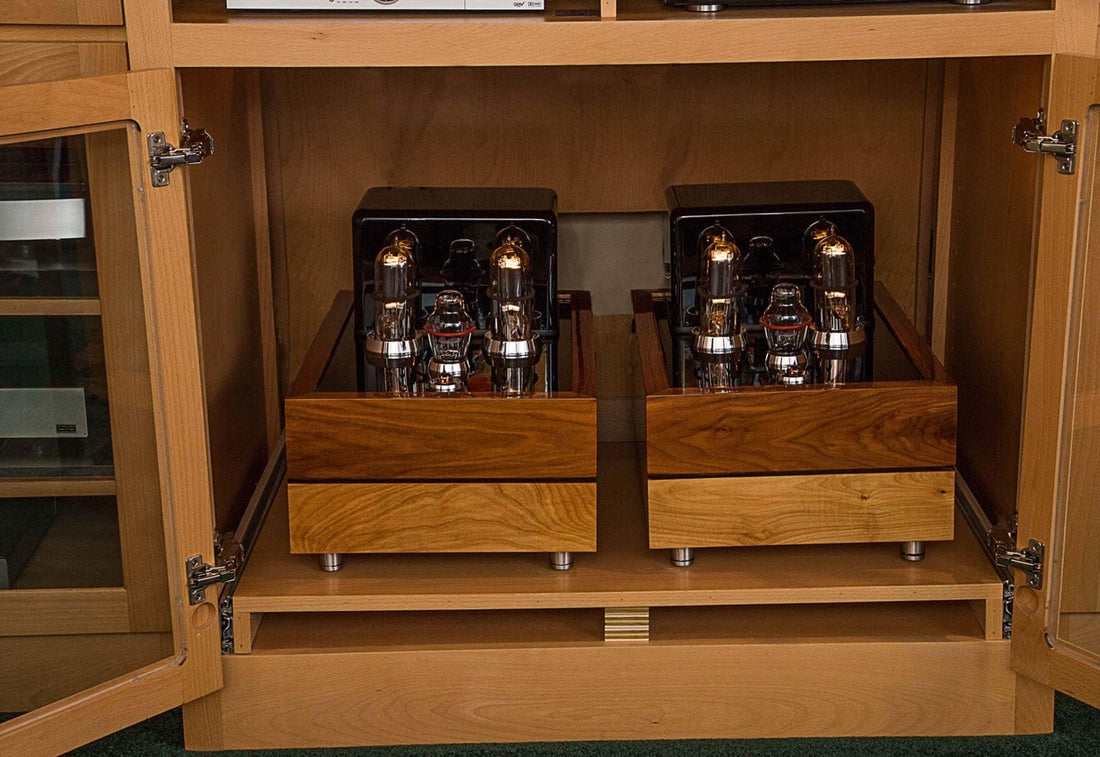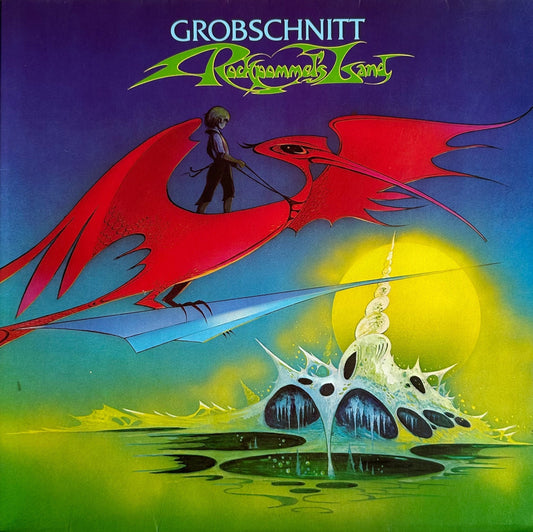The first time I heard the word “oxymoron,” I thought it was a detergent for the intellectually challenged. No, really.
For those unfamiliar with the term, it means a phrase that is inherently self-contradictory. Imagine “jumbo shrimp,” “deafening silence,” or the perennial favorites, “military intelligence” and “civil engineer.” Yes, those last two are a little mean.
Sooner or later, fans of vintage anything will encounter the term “NOS”, an oxymoronic acronym for “New Old Stock”. The term refers to commercial goods that may be decades old, but have never been used or sold, and are languishing away in their original packaging or box, a time-capsule glimpse into the past. You may have encountered general stores out in the middle of nowhere that had items on their shelves dating from the time of the Great Depression (the economic one, not the period I experienced during my ’40s). At this point in the web-connected marketplace, most such places have been picked clean of ancient Levis, toys, watches, or other collectibles.
And yet, and yet: every now and then you can stumble upon a stash, somewhere. In the audio world, the term NOS is most often applied to vacuum tubes, as they are small, easily forgotten, and often possessed of very high inherent value. You will occasionally stumble upon an estate sale of a TV repairman whose family just wants those things GONE.
But: just as with that ’62 Bel Air owned by a widow woman and only driven to church on Sundays, aged-but-unused (the car, not the widow) can be a bit of a crapshoot. Old electronic components or audio gear should always be powered up for the first time on a Variac or similar variable voltage supply, not just plugged into the wall with a “let’s see what happens!” attitude. All too often, what happens is a pfffft! sound— and as veteran electronic techs say, “you let the smoke out”. When that happens, the soul has left the body, and the unit is gone for good.
Kidding. A bit.
Seriously, though—when it comes to electronics, things age even when unused. Tubes can lose their vacuum, capacitors can fade or fail, may be able to be carefully reformed—or not. The most common service required with vintage amplifiers (and preamps, receivers, and so on) is replacing the capacitors. Resistors may drift off spec with age, but they rarely die altogether, and even more rarely cause the catastrophic failures that a rupturing electrolytic can.
But this is old news to you, as our resident engineer Darren Myers covered the subject in “How to Make a Vintage Component Sing Again” back in Copper #16 and #17.
It is easy to fall prey to the allure of treasure-hunting. Meaning that, should one stumble upon a NOS receiver, NIB (new in box), that one ordinarily wouldn’t look twice at—the uncommonness of the event may well imbue the find with a golden luster, an air of desirability, far greater than that thing deserves. Few things are as gobsmackingly stupefying as the sense of kismet, that something was meant to be.
And yes, this applies to personal relationships, as well. A friend told me that.
Long story short: have fun hunting, but be aware that that pristine whatever you find may require more work than you think. Again: applicable to personal relationships, as well.



